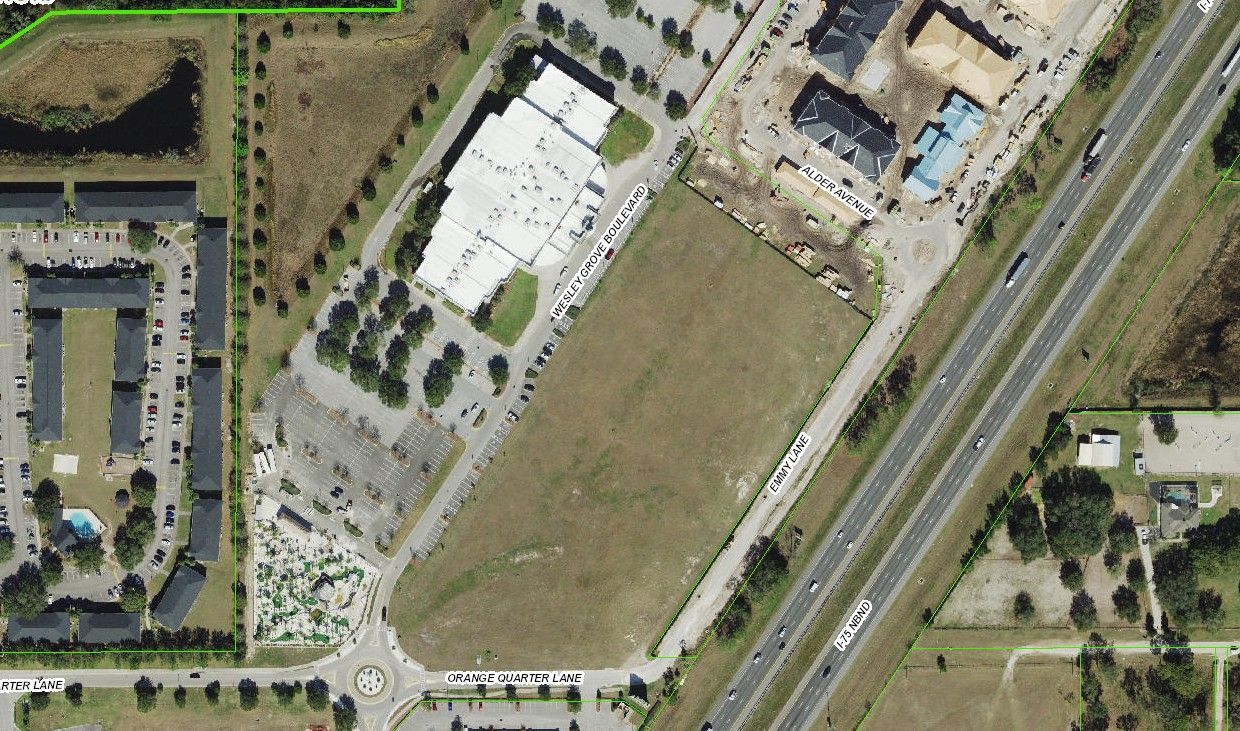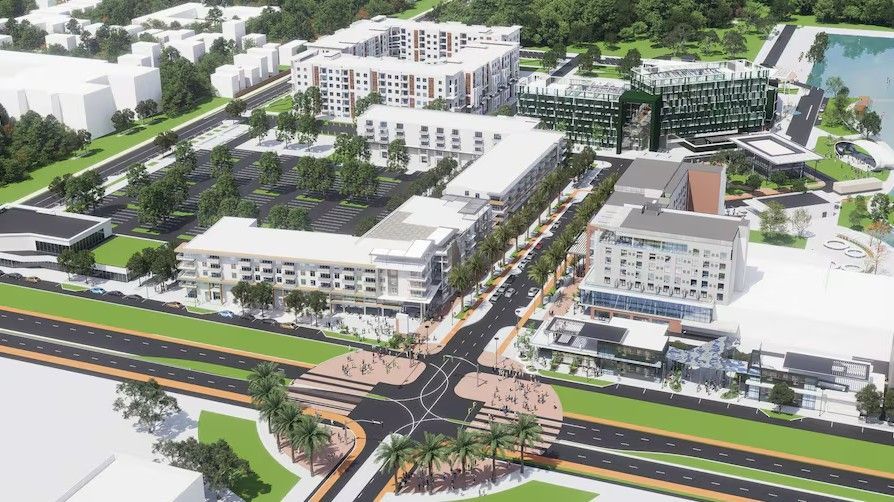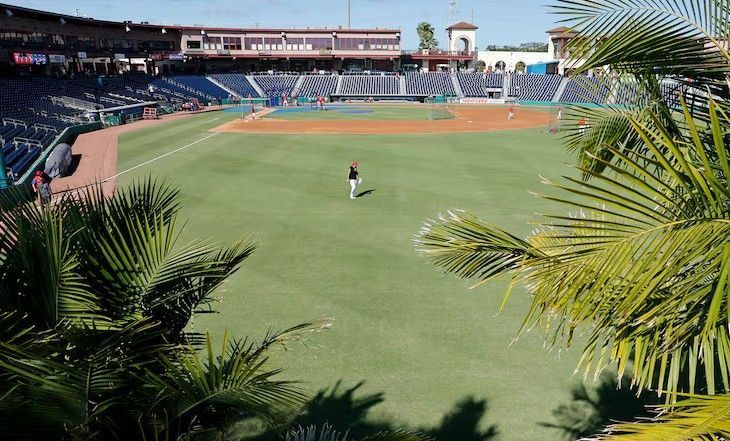Notable Tampa Real Estate Development: Jeff Vinik

Jeff Vinik was not always a household name in Tampa, Florida. The billionaire started his career managing hedge funds, running the Fidelity Magellan Fund from 1992 to 1996, averaging 17% in annual returns. Vinik left Fidelity and started the Vinik Asset Management hedge fund. The fund closed in December 2013 and distributed $9 billion in assets.
Vinik made his entry into the Tampa Bay area in 2010, when he purchased the Tampa Bay Lightning for $170 million (the team is now valued at $1 billion, in the top 15 of the highest valued NHL teams as of December 2022). Now, when Tampa Bay residents hear Vinik’s name they think of the Water Street Development. Vinik purchased land surrounding Amalie Arena, where the lightning played. He had no intentions of developing it when it was purchased but saw the land as being reasonably priced.
In 2014, Vinik and his team took plans public in a partnership with Cascade – Bill Gates’s investment firm- with a pitch that was all about economic and mixed-use development. Cascade Investment Fund and Vinik partnered together to create Strategic Property Partners (SPP). Vinik was the managing partner and the face of the project – transforming over 50 acres that surround Amalie Arena. Vinik made headlines in late June announcing his departure from SPP, initiating a transaction with Bill Gates to buy out his share of the company. Terms of this buyout have not been disclosed publicly.
Vinik’s departure also marks the end of an era for one of the most significant developments in the history of Tampa Bay. Phase One of three for Water Street development only recently wrapped up and plans for phase 2 have not been announced publicly – leaving a lot of questions for Tampa Bay residents including the possibility of future phases not happening. Vinik has stated he will remain an adviser to Cascade.
As a reminder, phase one of Water Street totaled 12 buildings, with 1,418 hotel keys, 1,355 residential units, more than 500,000 SF of office space, 200,000 SF of retail space, and the USF Morsani College of Medicine and Heart Institute. Vinik gave Tampa a voice and a spotlight it had not seen before. Water Street’s first phase has a price tag of over $3.5 billion, and notably includes 1 million SF of brand-new office space – something some may see as a risk with the current trend of hybrid or fully remote office workers.
Water Street Tampa is also the world's first WELL-certified district in the world – a standard that measures how a building is built to optimize health, like a LEED certification that focuses on energy sustainability.
Commercial Real Estate experts say that Vinik’s acquisition of the land that has become Water Street has had material impact on land values in Tampa’s urban core. Vinik’s run with real estate coincided with a time that saw low interest rates with a growing demand for apartments and commercial space. Vinik saw potential in Tampa to become a vibrant urban downtown area and has used the land he acquired to make it a space where people – especially younger people – want to live. Water Street Tampa has luxury apartments, retail, restaurants, grocery, and a view that cannot be beat. A live-work-play environment has been born and has created an influential downtown core.
Water Street created 2,700 jobs per year during its construction period, 5,900 permanent jobs, $890 million in construction wages, and $226 million in permanent annual wages. SPP has said they are in the planning stage of phase 2, which will include a significant infrastructure project. The demolition of the Ardent Mills property has allowed SPP to partner with the city of Tampa and the Tampa Hillsborough Expressway Authority to create an improved connected street grid between Water Street, the Channel District, and the Central Business District.
While Vinik may be stepping out of the Real Estate world, the impact he has had on Tampa’s downtown is one that will be felt for many, many years.
Thank you for your interest. If you are in need of Appraisal or Valuation services in Tampa Bay, contact:
SHARE CONTENT





